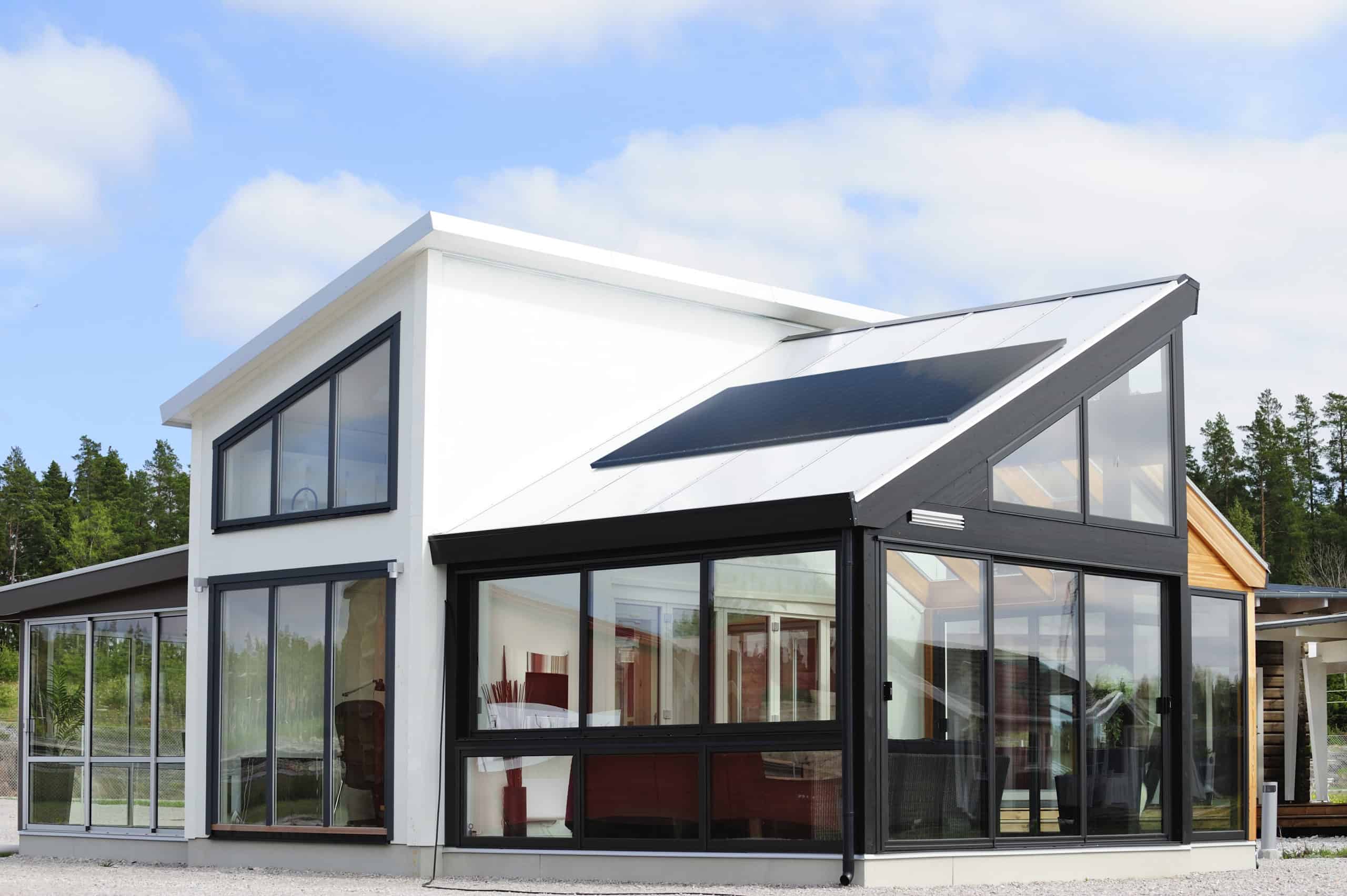One of the few problems that the use of Solar Power has come up against is the issue of what happens to solar panels when they are no longer being used. It is a topic that even the biggest supporters of sustainable energy solutions found difficult to square with.
Solar panel manufacturers warranty their panels for 25 to 30 years or longer, but eventually, they will stop producing energy. What happens to them then? It used to be an unanswered question. However, in the past few years, recycling of solar panels has been started by a number of companies. Solar panels are primarily composed of three materials: glass, silicon, and metal. All three of these components are recyclable. However, unlike a bottle or can, solar panels need to be disassembled first.
A European-based solar recycling association, PV Cycle, has developed a process. After the components are disassembled, 95% of the glass and 100% of the metal can be reused to make new solar panels. The silicon is removed from the plastic covering through a thermal process. In the end, 80% of the panel can be reused. The remaining 20% of broken pieces are melted together, and then most of that can also be reused, leaving less than 15% of a recycled panel to be disposed of.
There has not been a huge need for recycling in the U.S. due to the age of solar adoption. The industry is using the time to develop a recycling infrastructure and the process itself.







